Discover the Hidden Charms of India's Forests on a Jungle Safari!
The roar of the tiger, the chirping of the soaring birds, the noise of monkeys and the silence of the woods, India's national parks and wildlife sanctuaries stand as the perfect example of authentic wilderness! The captivating wild beings dwelling in the wildlife sanctuaries of India has always been the core area of interest for lovers of the wild. Be it a mammal or a bird, a vertebrate or an invertebrate, these parks are bejeweled with creatures of every species. National parks in India are more than just living spaces for its wildlife, but also play an important part towards the conservation and preservation of numerous species of endangered animals, such as Bengal tigers, Asiatic lions, Asian elephants, and One-horned rhinoceros, among others. As such, tiger reserves in the country are some of the most popular places to visit on a wildlife safari tour, where you can cruise through its jungles on a guided safari and get a chance to spot the wild animals in their natural habitat.
Popular wildlife destinations for an adventurous safari in the India include the first national park of India, Jim Corbett National Park in Uttarakhand, recognized for its abundant number of Bengal tigers; Bandhavgarh National Park and Tiger Reserve, and Kanha National Park in Madhya Pradesh, Ranthambore Tiger Reserve in Rajasthan, and the Kaziranga National Park in Assam, for its popular of the Asian elephants and One-horned rhinoceros. Letting you explore the depths of wilderness within, national parks in India are some of the most enchanting places to visit in India, offering a chance to spot rare flora and fauna, and satiate a thirst for adventure all along.
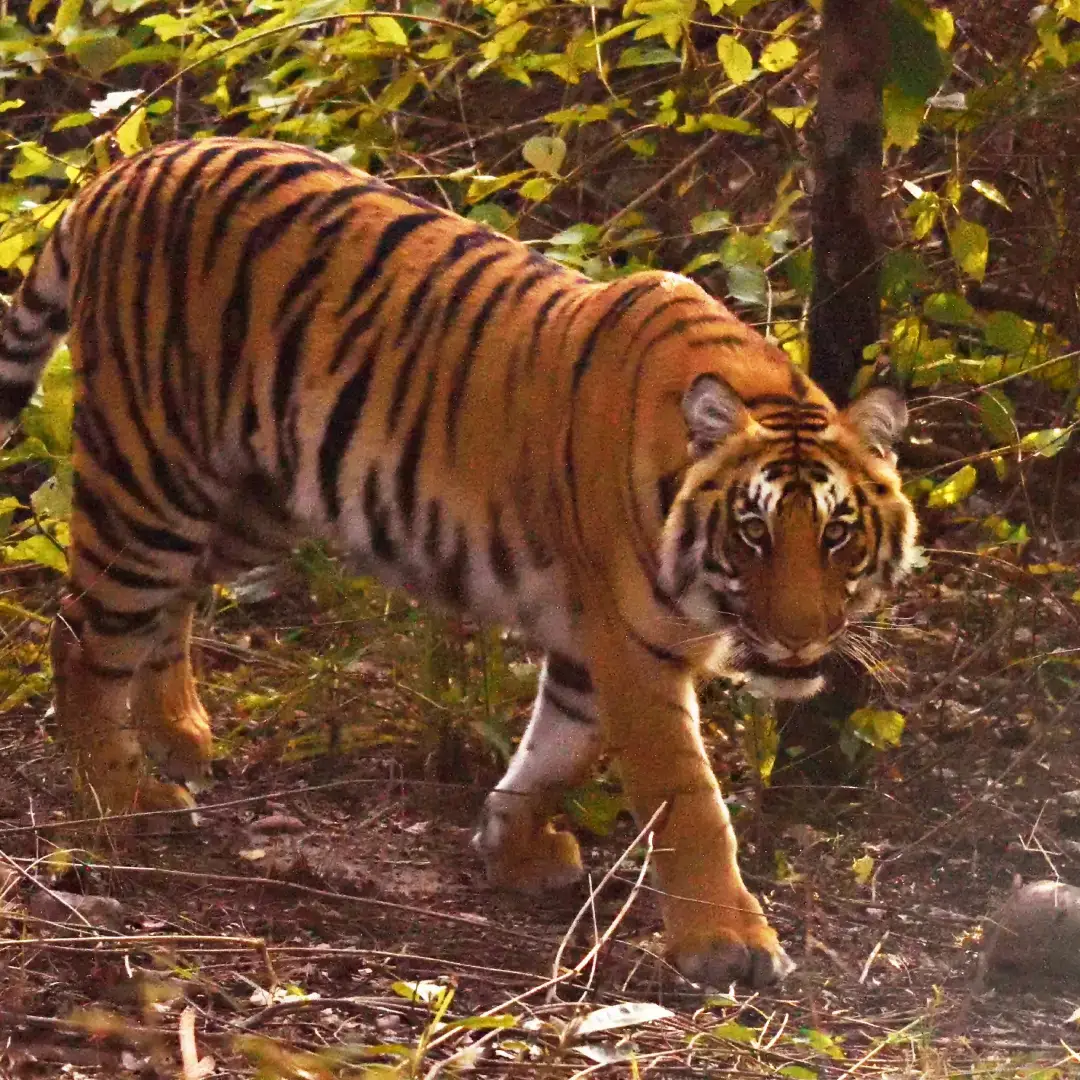
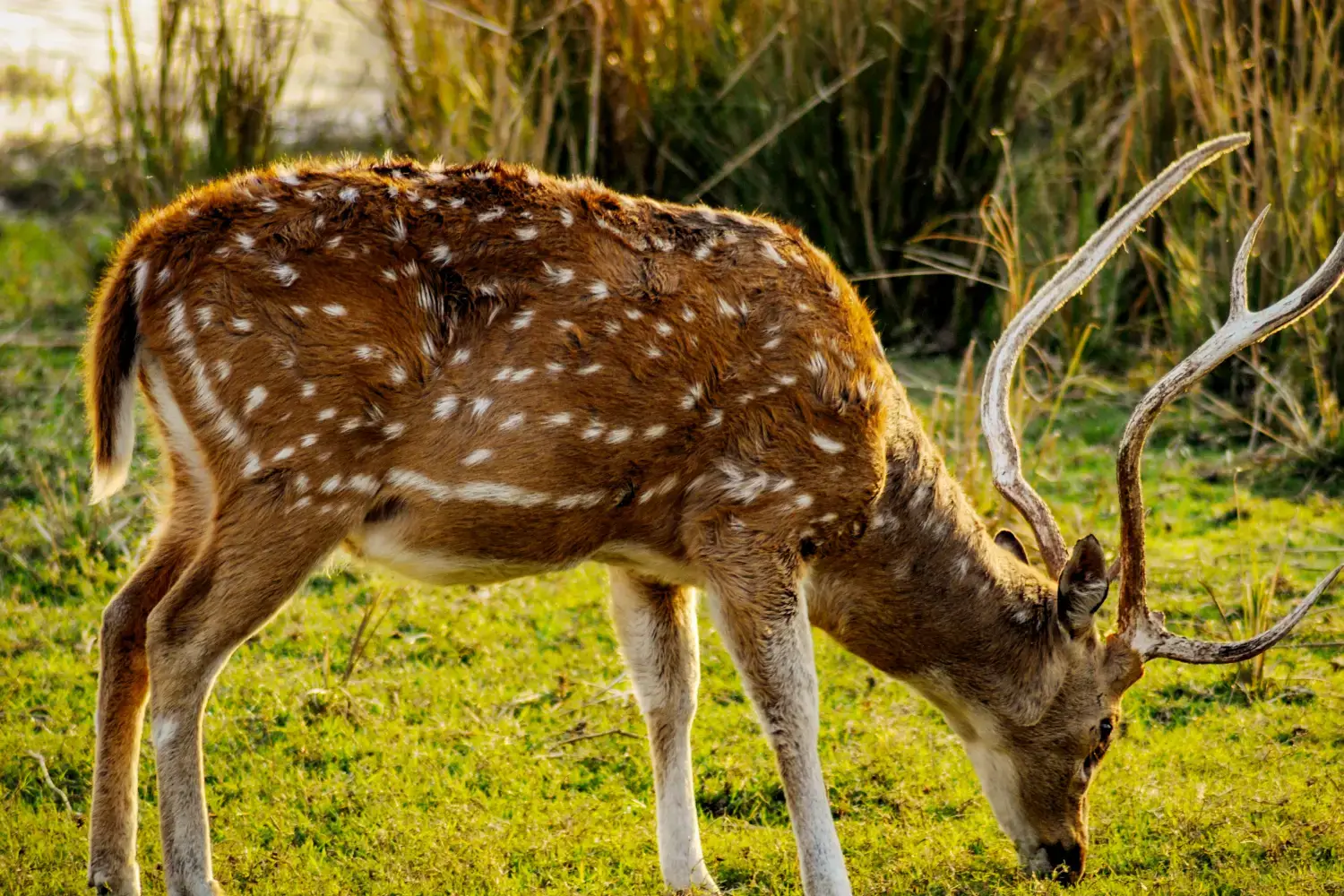
The national parks in India are very significant for wildlife conservation, as they provide a habitat for many different types of flora and fauna. Spread across the country, these protected areas provide necessary habitat for endangered species, thereby stabilizing populations and maintaining biodiversity. India is one of the world's most diversified ecosystems, comprising the Himalayas, Western Ghats, and Sundarbans mangrove forests. National parks are more than just places of conservation; they also maintain natural balance, support local communities, and encourage ecotourism. Maintaining these ecosystems, India safeguards a diverse range of species, including the Bengal tiger, Asiatic lion, and one-horned rhinoceros, whose populations are declining owing to poaching, habitat loss, and human-wildlife conflict.
National parks are also centres for scientific research and environmental education that create awareness of sustainable conservation practices. National parks, through such activities, make a significant contribution to India's commitment to preserving the environment for future generations. The value of these natural sanctuaries extends beyond the animals they preserve; they also improve climate resilience, manage water cycles, and prevent soil erosion, making them vital for both ecological and human well-being.
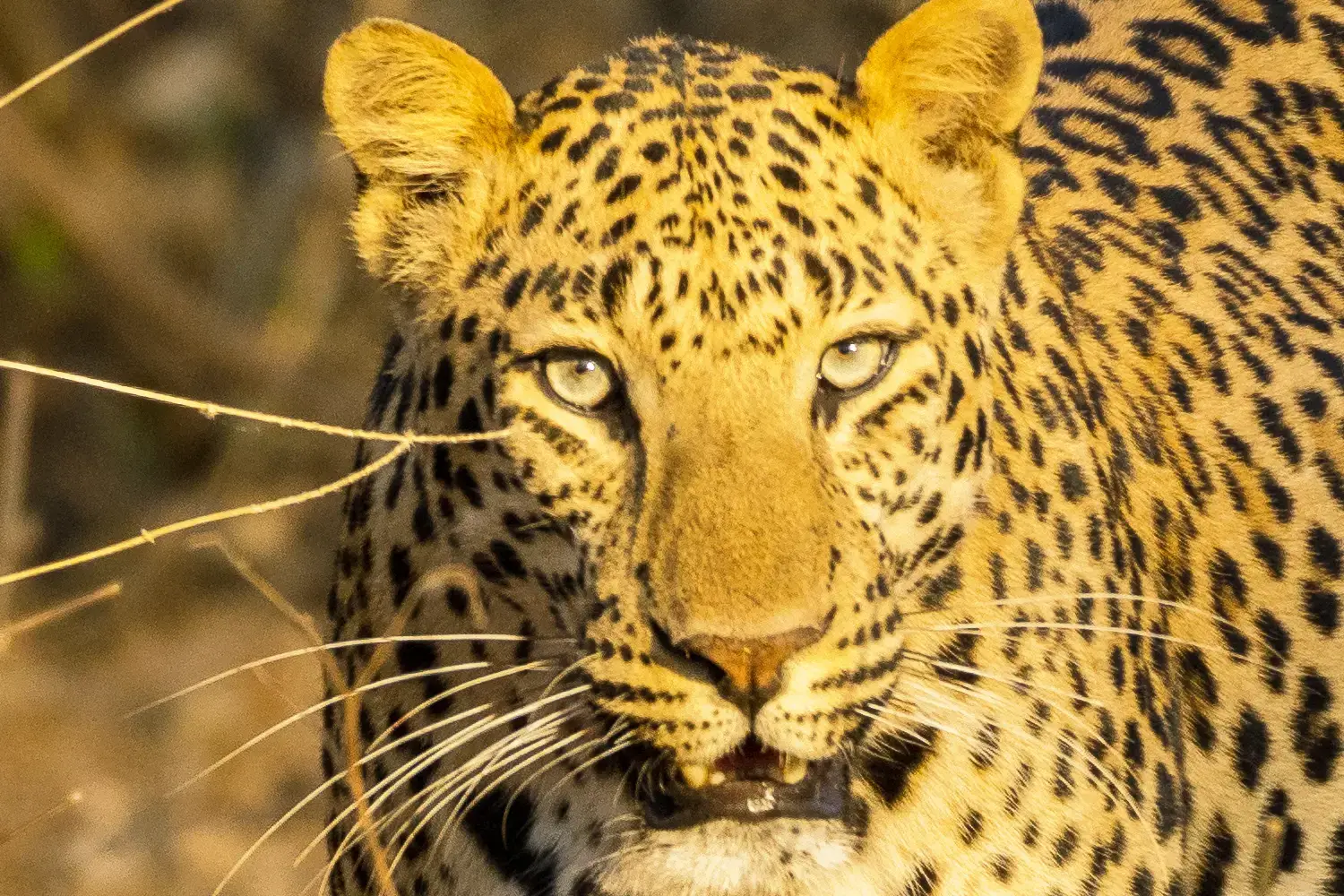
The national parks of India are a wildlife enthusiast's dream with amazing opportunities to see some of the most iconic and rare types of animals. With its great biodiversity, which includes the royal Bengal tiger and the graceful Indian elephant, the country offers tourists an opportunity to view nature in all its spectacular forms. Some of the most popular creatures that attract visitors to India's various wildlife sanctuaries include:
India's national animal can be found in forests like Ranthambhore, Jim Corbett, Tadoba, Kanha, Bandhavgarh and Sundarbans. Their royal stride, plus the unbelievably reclusive nature of the creature, renders it a justifiably pleasant safari experience for both wildlife photographers and lovers.
National parks Rajaji, Kaziranga, Periyar, and Jim Corbett have a free movement of wild elephants. So big and benign, the creature is an object of beauty; especially in monsoon when hordes collect themselves in open spaces.
Indian leopards are fast and stealthy, a pleasure to watch in national parks like Gir and Nagarhole. Leopards can often be seen lounging on tree limbs or stalking through dense underbrush, making for thrilling sightings for those lucky enough to catch a glimpse.
In Gujarat, Gir Forest National Park remains the last home for Asiatic lions. Among other rare species and endangered creatures, Asiatic lions offer one the rare chances of witnessing in a natural setting one of the world's most majestic creatures.
The Great Indian Bustard, a critically endangered bird, is native to the Thar Desert and can be seen in places such as Desert National Park in Rajasthan. This bird, known for its large size and spectacular appearance, is a must-see for ardent bird lovers.
The wild water buffalo is a very interesting creature, living in the marshes of north India parks in eastern, Kaziranga and Manas. These muscular creatures can often be seen wading through shallow waterways, adding a touch of wild beauty to the scenery.
India's national parks are more than just tourist attractions; they are windows into the wild, offering an authentic experience to see some of the world's most compelling and endangered species in their native habitat. Whether you're on a thrilling safari or simply enjoying the peacefulness of nature, these parks are a must.
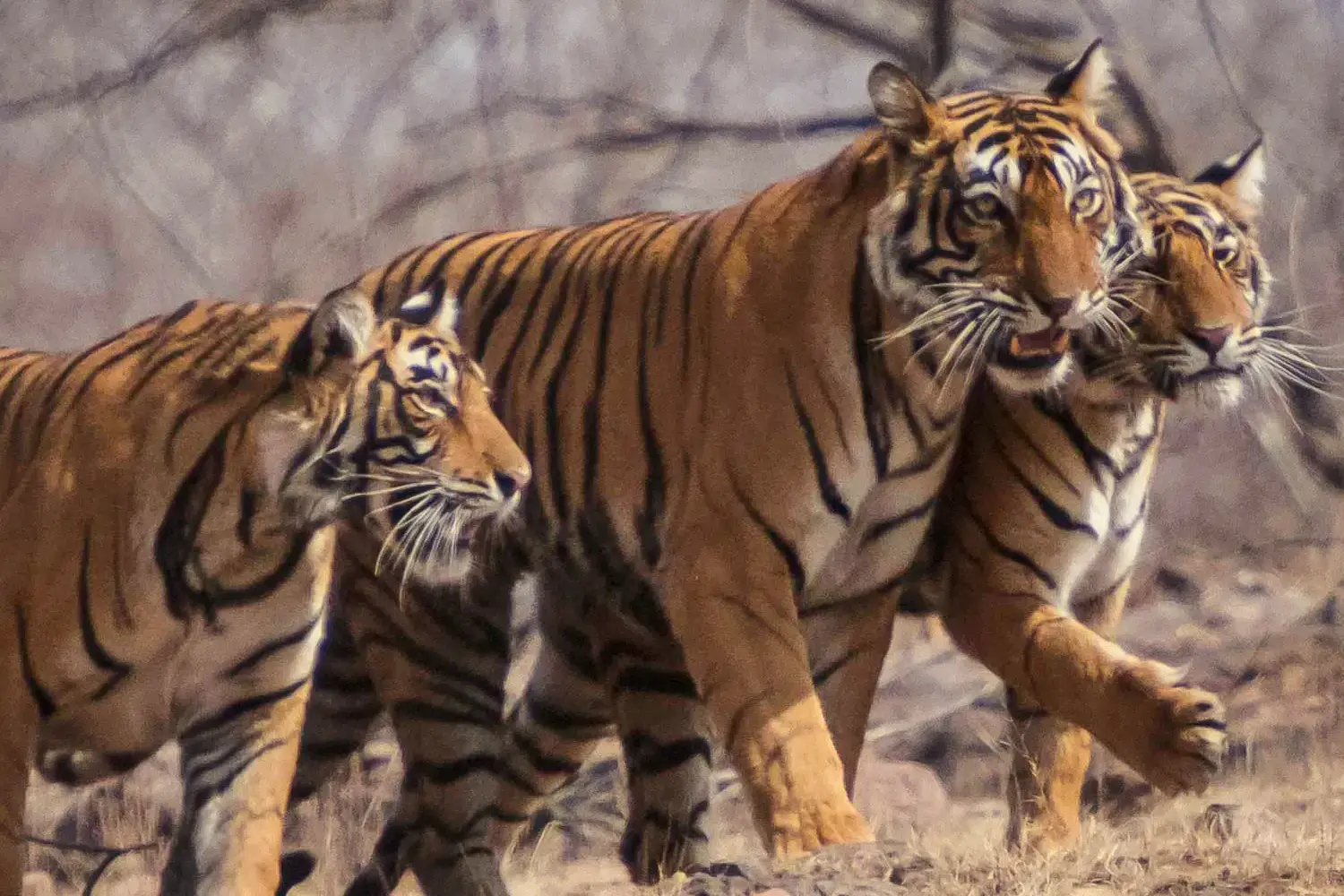
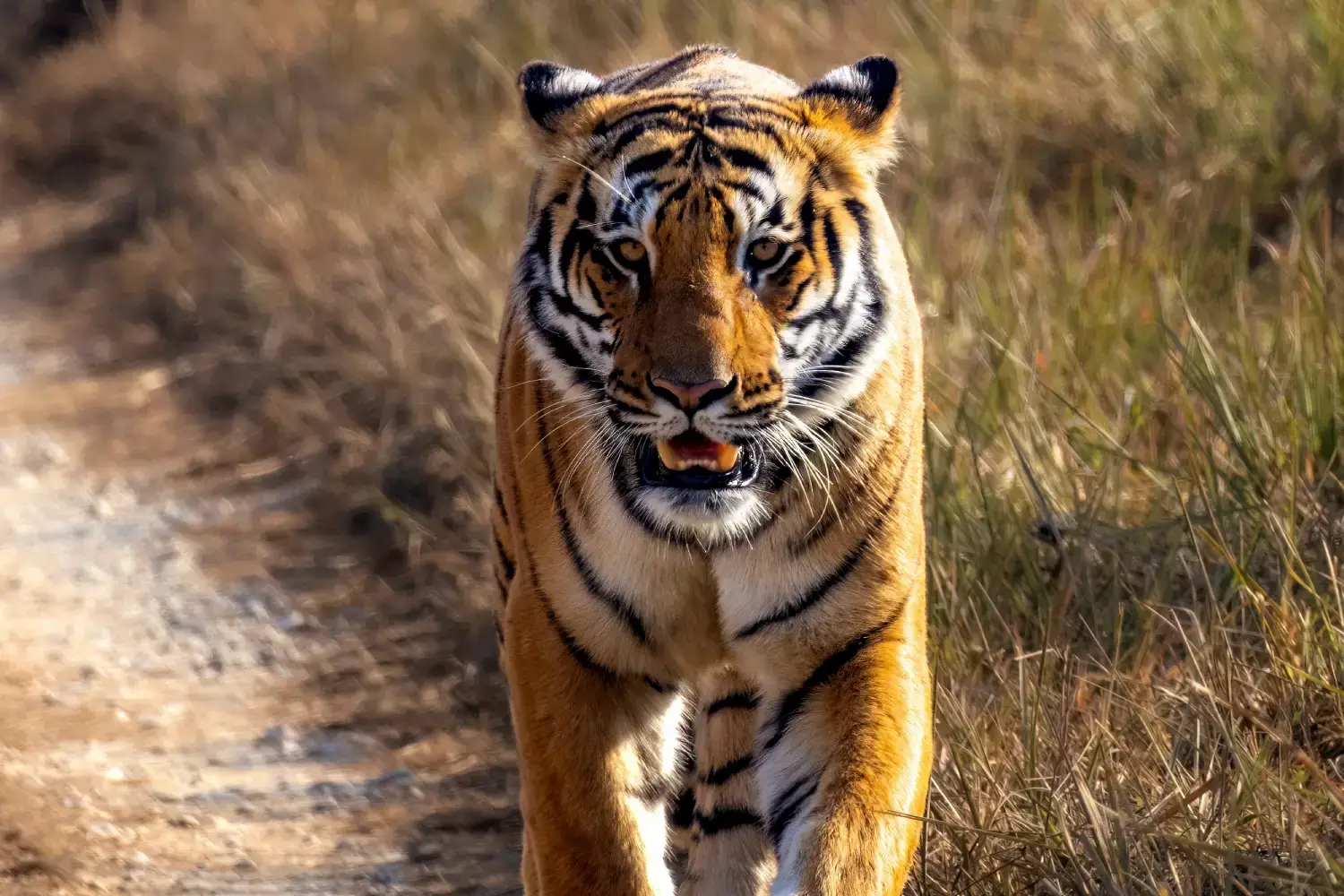
Jim Corbett National Park is one of the oldest and most widely recognized national parks in India, established in 1936, located in the beautiful region of Uttarakhand. For wildlife enthusiasts and adventure lovers, it is one of the must-go places due to its excellent history, wide range of animals, and sceneries. Since it is the home of the Royal Bengal tiger, it has a wide range of flora and fauna which attracts visitors all year round. It also falls under the Corbett Tiger Reserve, a protected area of tiger conservation through the Project Tiger project. Accessibility is easy and the infrastructure is well-maintained; hence, this place is highly visited by tourists who seek an authentic experience with animals.
At Jim Corbett National Park, there lies historical significance, a chance to observe the rare Bengal tiger, and a dynamic ecology. Its well-planned safaris, rich species, and scenic terrain make this one of India's most thrilling national parks. Whether or not you have come to see a tiger, take a wholesome nature walk, or simply lose yourself in the wild, Corbett offers an unparalleled experience for all types of nature lovers.
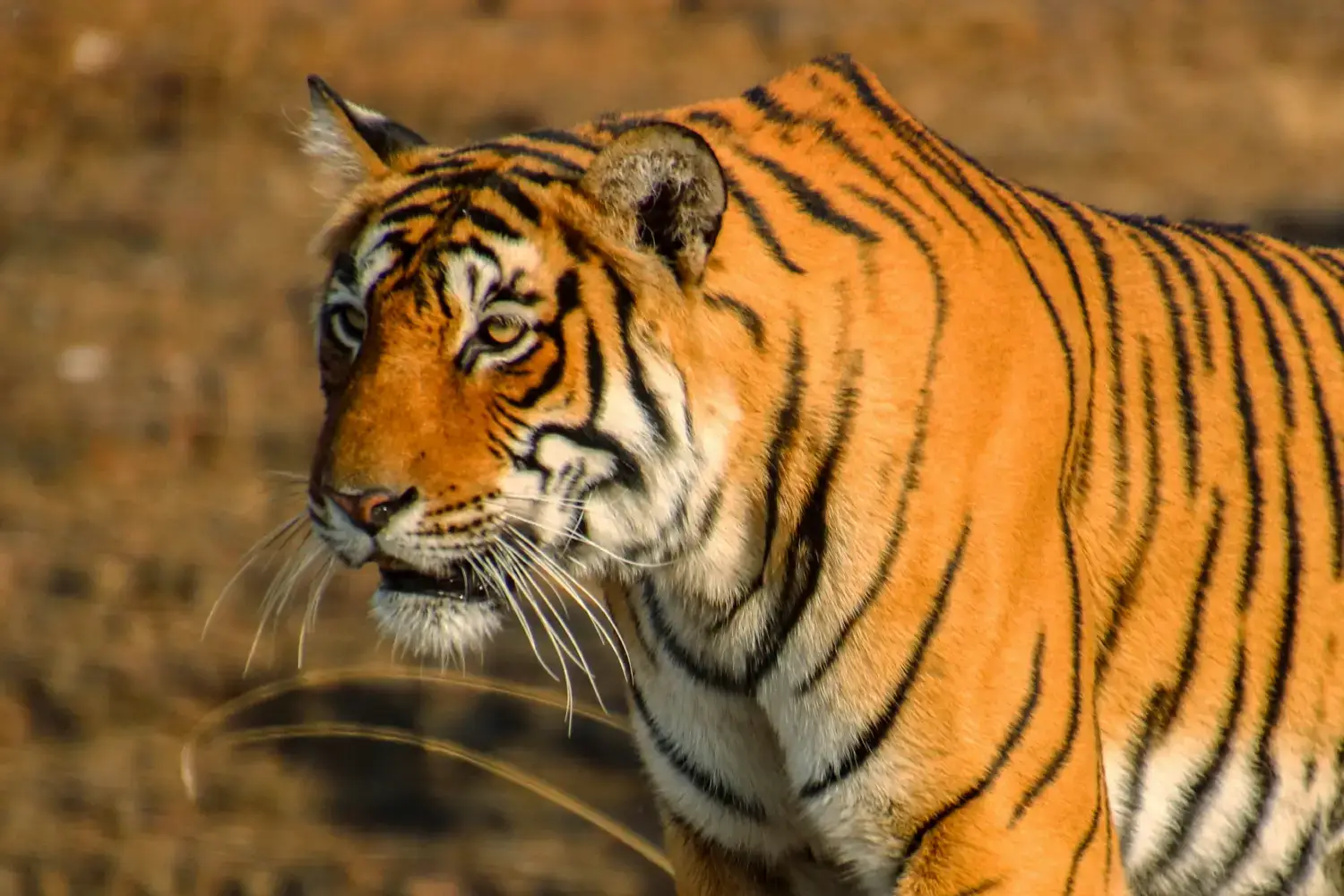
Ranthambore National Park, located in the heart of Rajasthan, is one of India's most famous wildlife sanctuaries, with a rich history and great biodiversity. This park was once the royal hunting grounds of the Jaipur Maharajas, but it has since evolved into a leading animal conservation area and a popular destination for nature lovers. It extends over 1,334 square kilometres and includes dry deciduous forests, still lakes, and grassy meadows. And yet, the actual difference lies in its higher tiger population: it is certainly one of the finest places anywhere in the world to see this majestic Royal Bengal tiger in its natural habitat.
Ranthambore National Park presents an entire experience that combines natural beauty, wildlife conservation, and a touch of regal history. Whether you are a wildlife photographer, a nature enthusiast, or a history buff, Ranthambore will give you a unique experience.
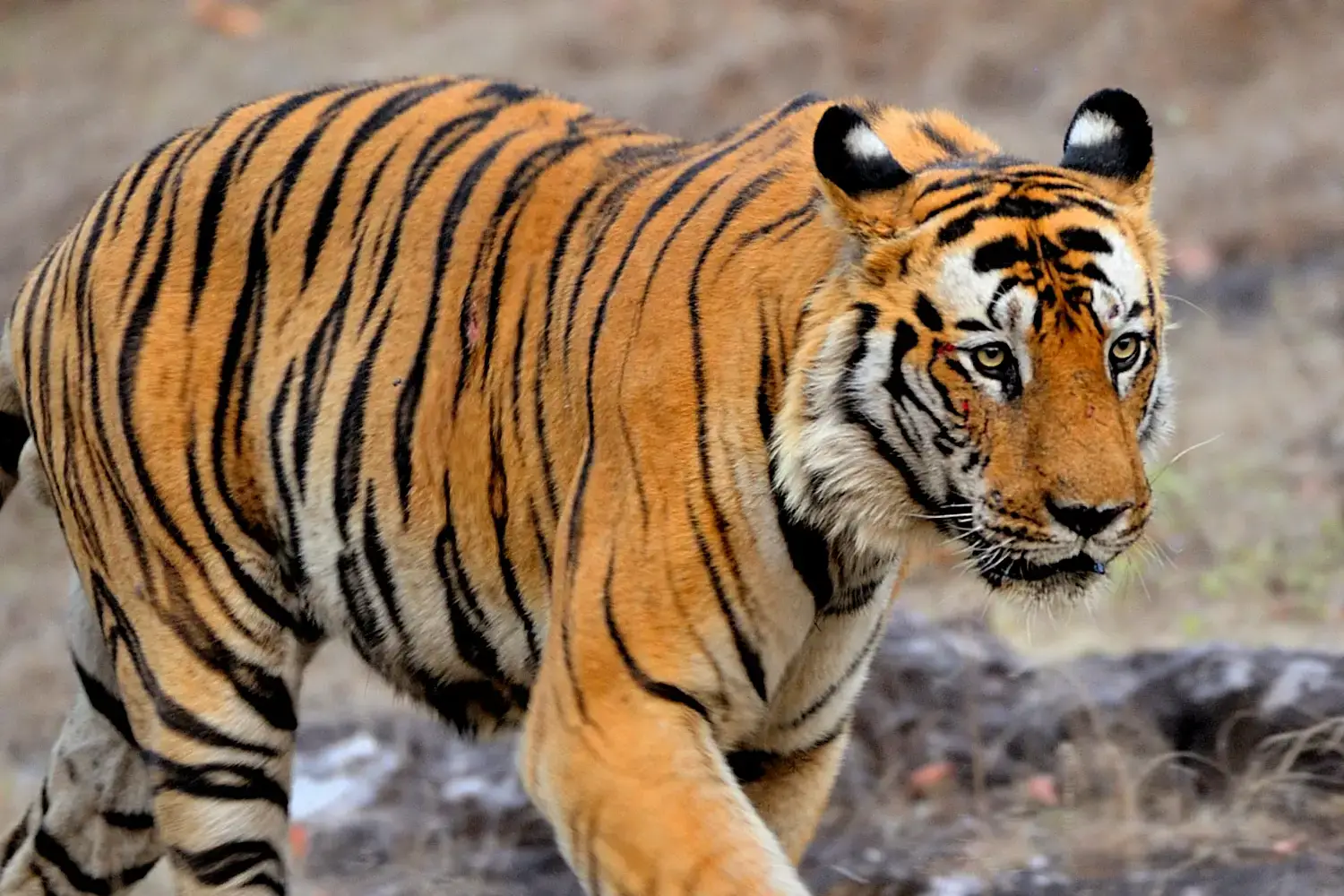
Bandhavgarh National Park is one of the most visited wildlife attractions in India, located in the heart of Madhya Pradesh. It is known for its diverse fauna and beautiful landscapes. This park, which covers 1,534 square kilometres, is well-known for its lush woods, ancient monuments, and the greatest tiger population in India. It provides a thrilling safari experience as well as the opportunity to observe nature in its purest form. Besides its tigers, Bandhavgarh also boasts of leopards, wild boars, and diverse bird species. Its historical importance, along with a diversified wildlife population, is a prime tourist attraction.
Bandhavgarh National Park offers an exciting wildlife experience that combines adventure, history, and nature for anyone looking for an amazing excursion into the wilderness.
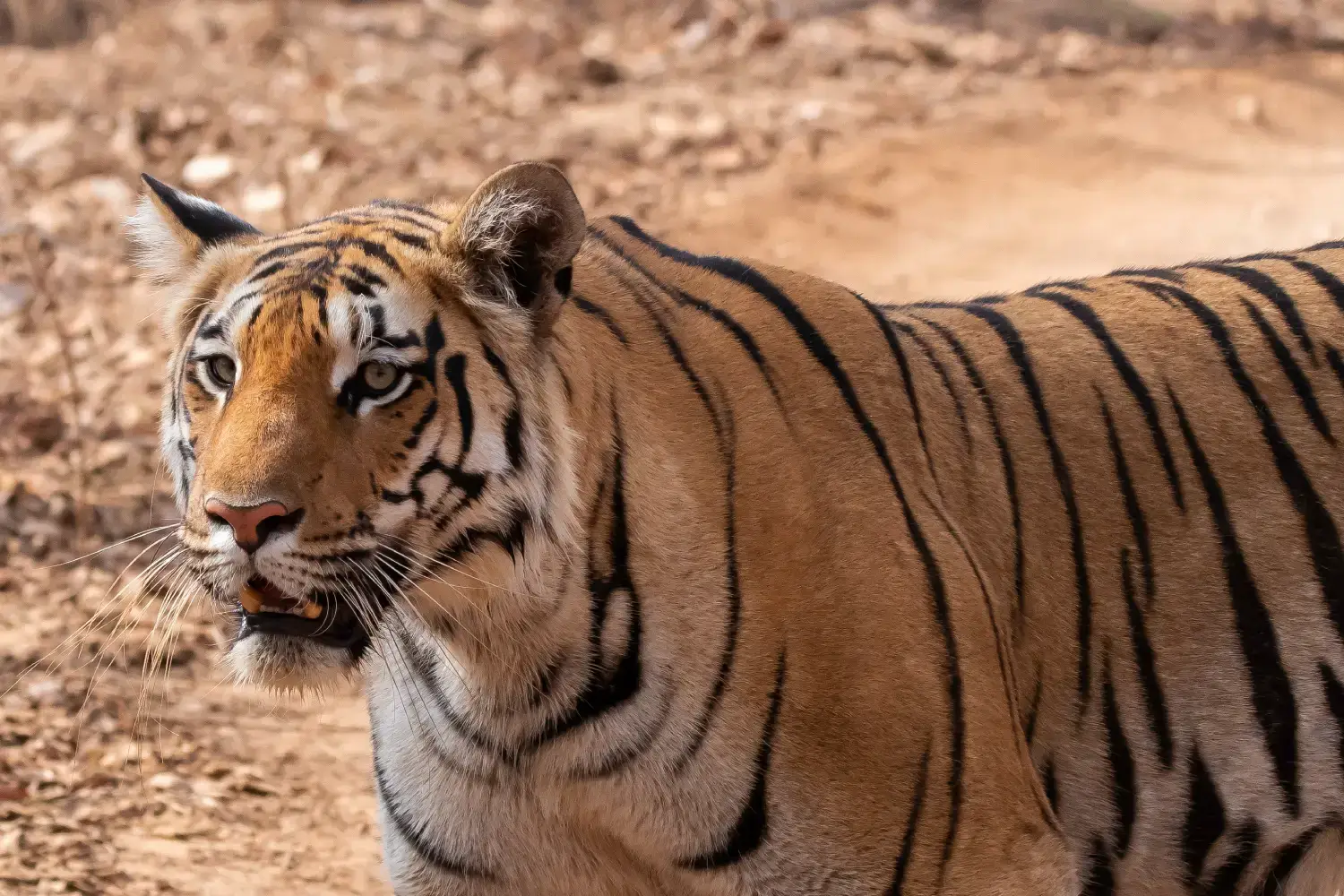
Pench National Park is one of the most exciting wildlife reserves in India, located in Madhya Pradesh and partially in Maharashtra. This park, named after the Pench River, is a haven for environment and animal lovers. Pench is particularly famous for its unique combination of natural beauty and a wide diversity of species. It is especially known for its association with Rudyard Kipling's “The Jungle Book”, with deep forests and undulating terrain inspiring Mowgli's adventures.
Pench's USP is its vibrant tiger population and beautiful landscapes that enable tourists to see wildlife in their natural surroundings while on scenic safaris.
Pench National Park offers a unique tourist experience with its varied flora and fauna and a serene environment that promises adventure and peace. Accessibility, along with well-maintained safaris, makes the park an ideal destination for experienced wildlife enthusiasts as well as first-timers.
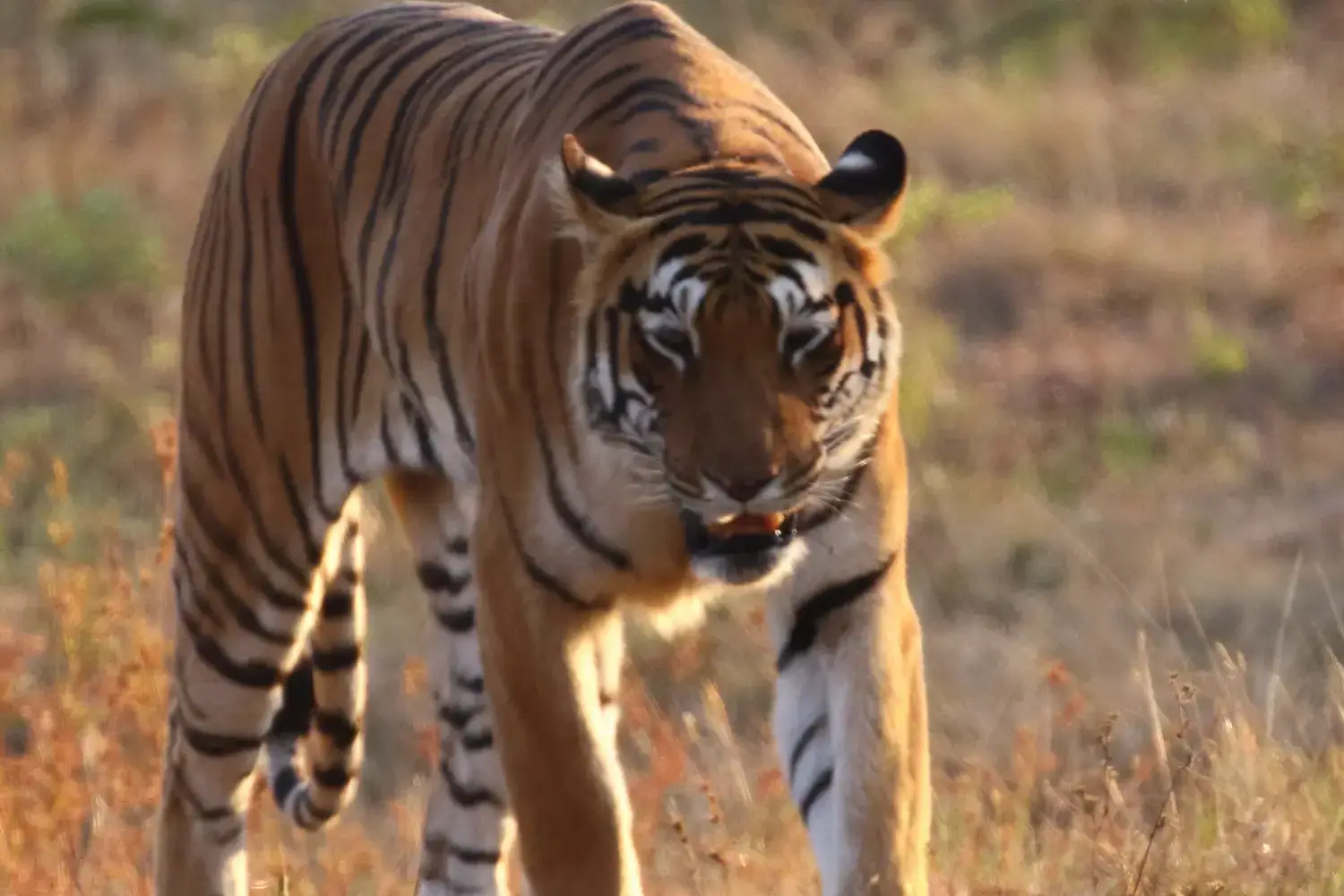
Tadoba National Park is one of the oldest and most prominent wildlife reserves in India, located deep within Maharashtra. It measures 1,727 square kilometres and is home to one of the highest numbers of tigers in the country, making it one of the most significant spots for wildlife enthusiasts. The reserve falls under the Tadoba - Andhari Tiger Reserve, and the rich diversity of fauna makes it an important ecological hub in India. Tadoba offers visitors the opportunity to view a range of wildlife in their natural habitat, including tigers, leopards, sloth bears, and many different bird species. It is famous for its well-maintained safari trails and good chances of spotting a tiger, which is one of the most sought-after reasons for visiting this park.
Tadoba National Park's serene ambience and scope for interacting with nature give the travellers an experience unlike any other. Tadoba gives a true flavour of India's natural splendour, be it a seasoned wildlife photographer, an obsessive birdwatcher, or just looking for a calm escape.
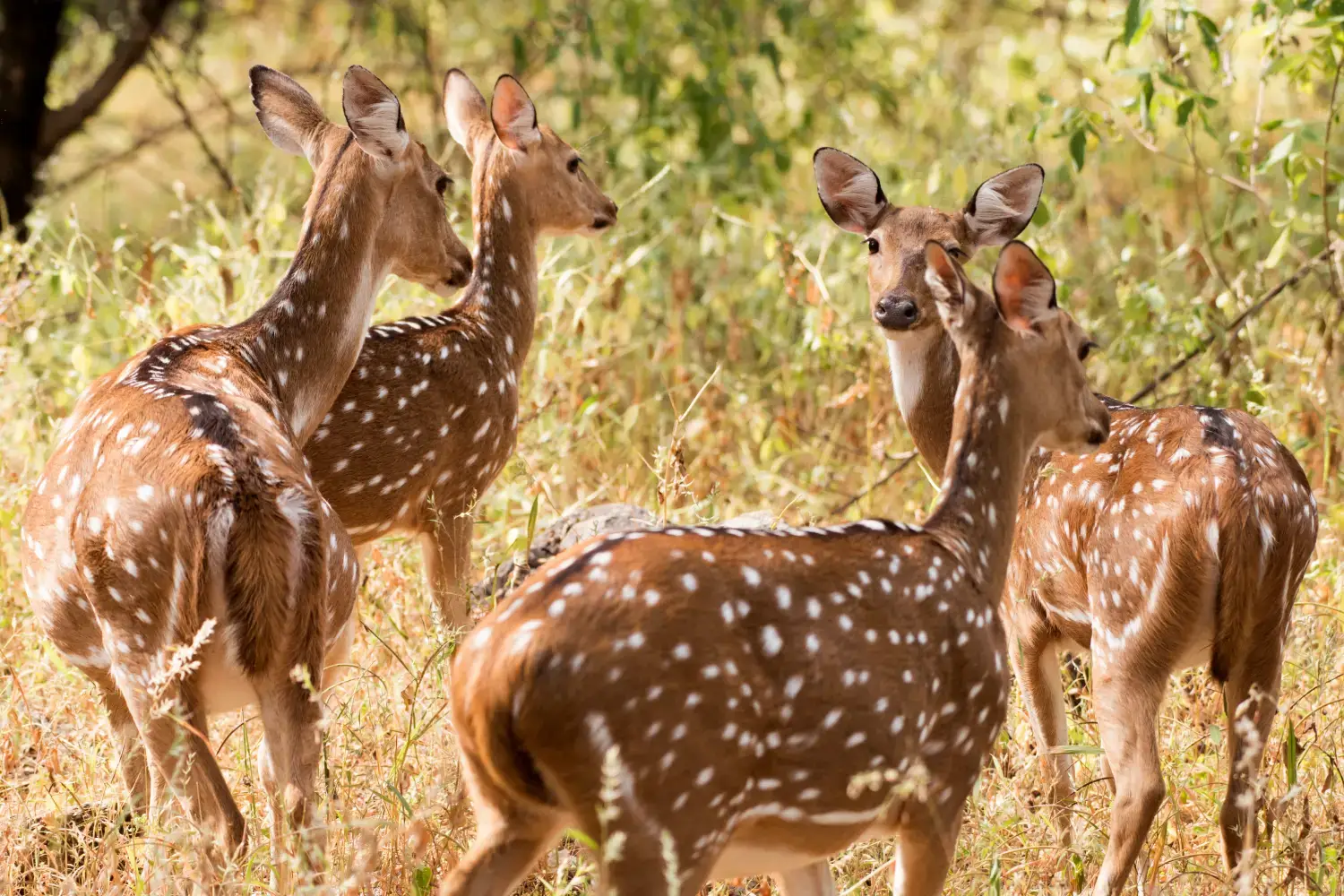
Panna National Park, located in the heart of Madhya Pradesh, is one of India's most distinctive and compelling wildlife locations. The park is known for its stunning landscapes, which include lush woods, rugged terrains, and scenic waterfalls, making it a paradise for animal aficionados, adventure seekers, and photographers alike. Established in 1981, this UNESCO Biosphere Reserve is popular for its sizeable tiger population and has witnessed successful tiger conservation efforts recently.
Panna's USP lies in its varied flora and fauna along with its proximity to the historical and cultural wonders of the Khajuraho temples, which provides a unique combination of nature and heritage.
Panna National Park is unique with its wildlife sanctuary that holds the thrills of tiger spotting along the edge of various kinds of landscapes. Being so close to the heritage treasures of Khajuraho gives the tourists an experience of nature and history. Whether you are a nature lover or an adventurer, Panna promises a refreshing and distinctive experience.
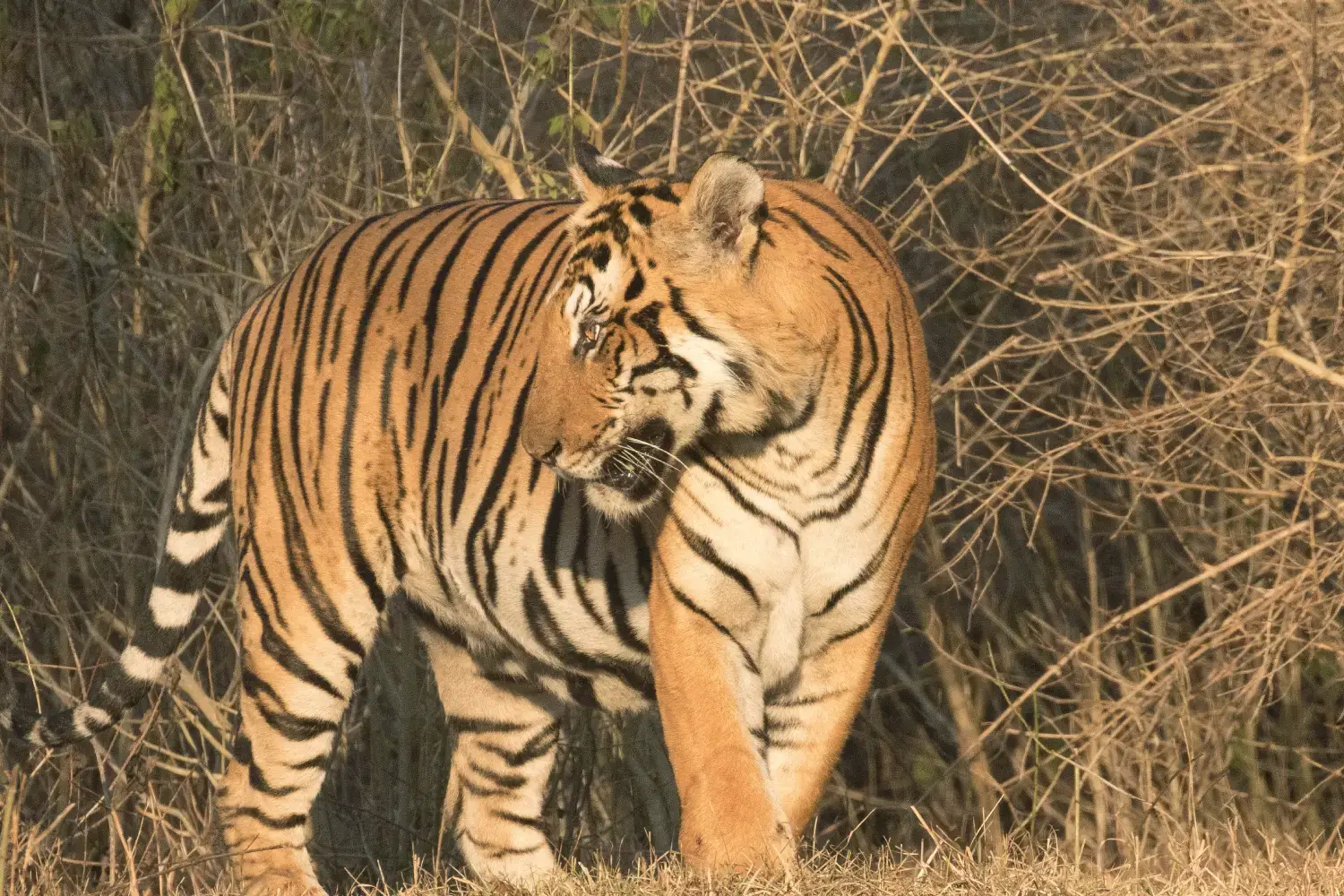
Bandipur National Park, Karnataka is one of India's finest sites for wildlife. This park that lies in the Western Ghats covers 870 square kilometres of breathtaking diversity, with both lush woods, beautiful hills and vast grasslands. It forms a major constituent of the Nilgiri Biosphere Reserve. It is home to high numbers of tigers, elephants, and leopards. Bandipur has such scenery and varied wildlife that it is a great place for people who wish to see nature in its pristine form.
Bandipur National Park boasts of biodiversity such as Bengal tigers, Indian elephants, leopards, wild dogs, and more than 200 kinds of birds.
Bandipur National Park's unique blend of wildlife, conservation efforts, and unexplored landscapes make it a must-visit destination for wildlife enthusiasts and adventure seekers.
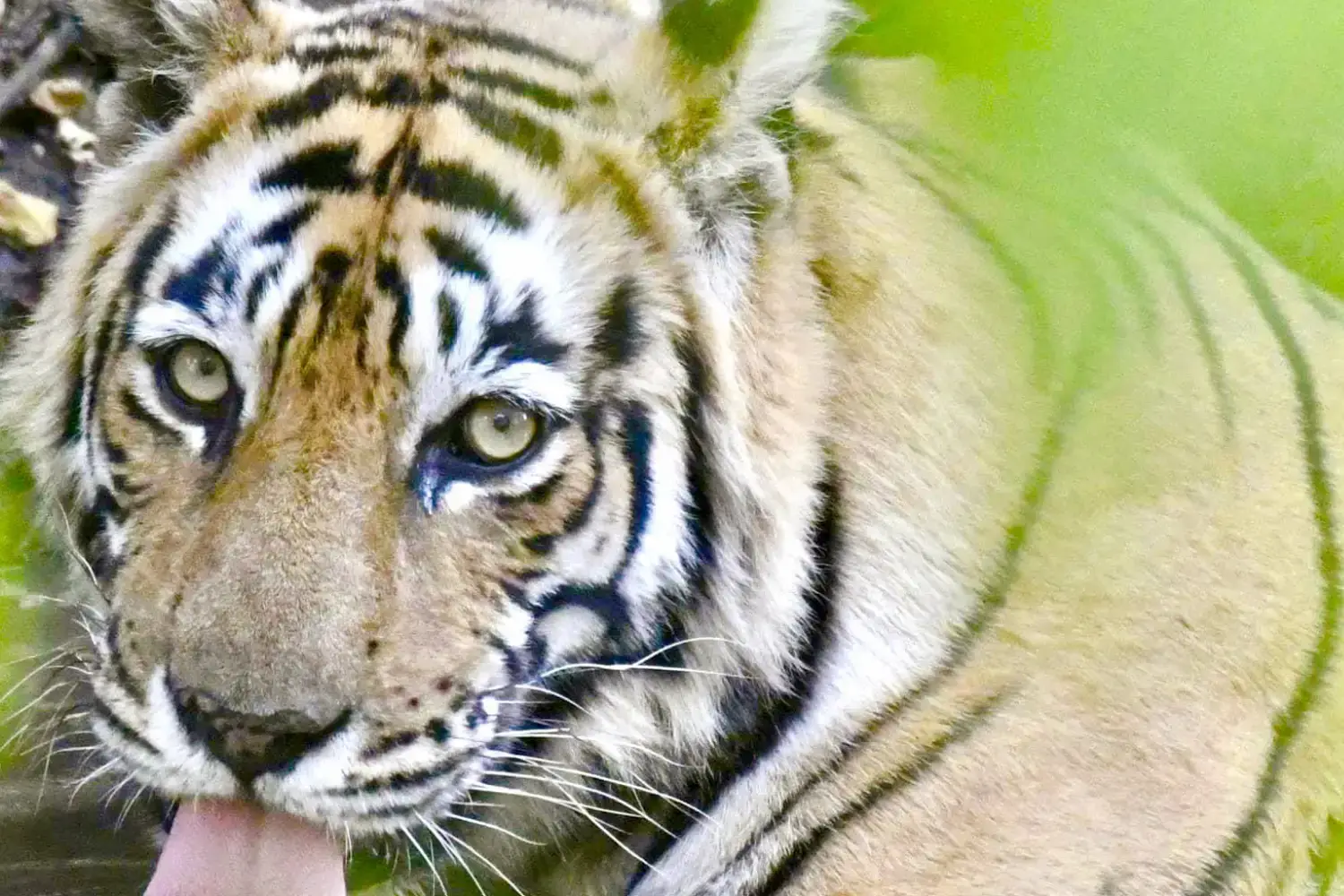
The park is an incredible wildlife sanctuary in the Alwar region of Rajasthan that combines its rich historical significance with diversified habitats and exhilarating sightings of wildlife, encompassing an area of 873 square kilometres. The park is recognized for housing the Bengal tiger population and diverse scenery of dry deciduous forests, rocky hills, and open grasslands; it has both Delhi and Jaipur close to the site of the park. Sariska National Park also harbours a variety of wildlife, such as tigers, leopards, wild boar, hyenas, and over 200 bird species. It's one of the few places in India where people can spot Bengal tigers in their natural habitat, and the park is included under the Project Tiger effort to conserve this great predator.
Sariska National Park is an ideal destination for someone looking to spend a great deal of time gazing at the unadulterated beauty of Rajasthan's wildlife, set in the backdrop of history. With all these, each visitor of this place will experience a fantastic tour.

Kaziranga National Park, located in the northeastern state of Assam, is a UNESCO World Heritage Site and one of India's most recognizable national parks. This park is supposed to be having one-horned rhinoceros in the world and has proudly been termed a paradise for nature lovers and adventure lovers alike. The area is 1,000 square kilometres and encompasses a unique mix of landforms that include beautiful grasslands, ponds, and dense tropical forests, which make it an ideal sanctuary for a wide variety of flora and fauna.
Kaziranga's unique selling point is both astounding biodiversity and conservation success. The conservation efforts of this park, aimed at saving one-horned rhinoceros, are an example that has been taken as a benchmark for wildlife protection in India.
Kaziranga remains a not-to-be-missed place for environment enthusiasts and wildlife photographers with its breathtaking view, rare species sightings, and exciting activities.
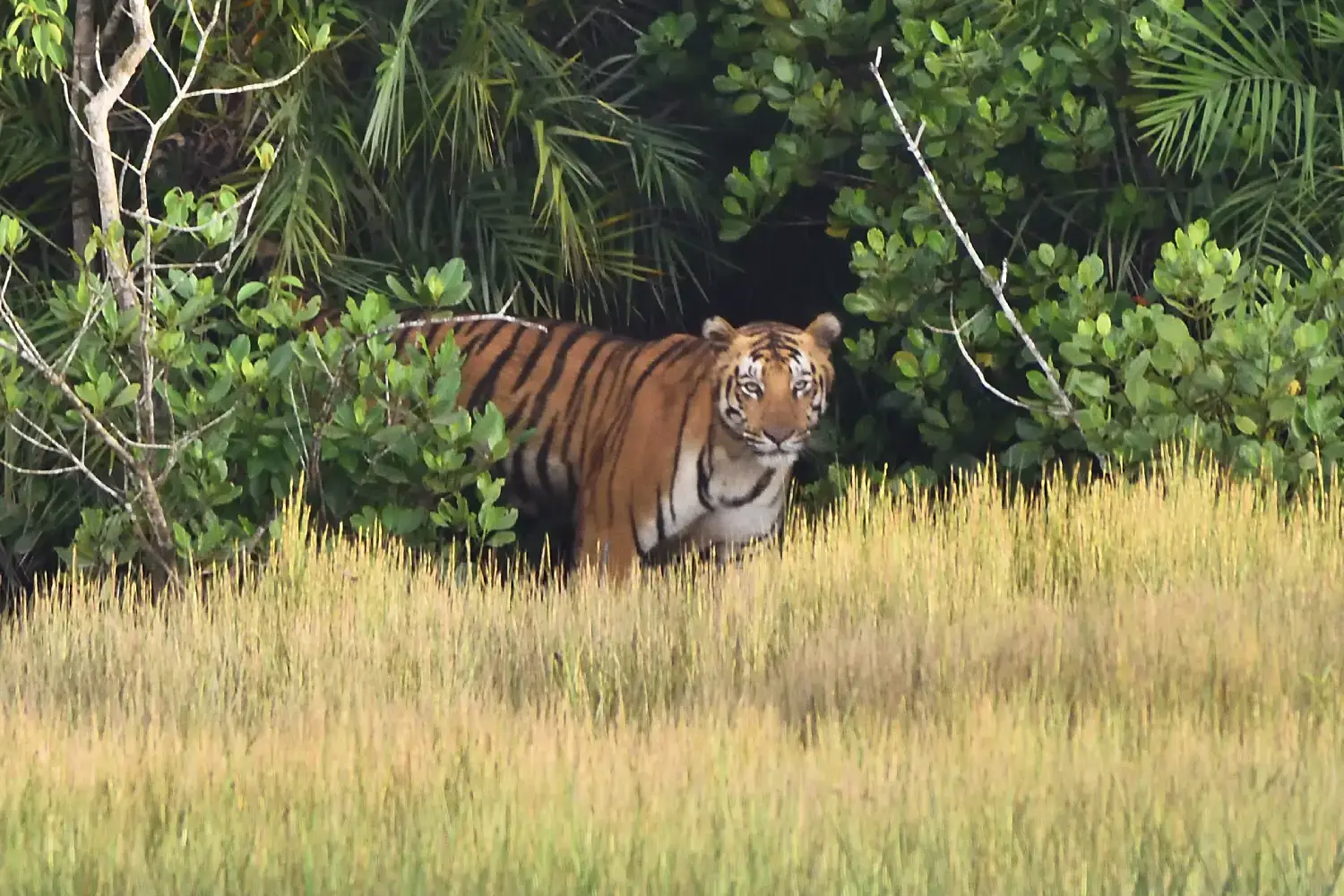
Sunderban National park of India is situated in the south India’s eastern side, which is largest mangrove forest in the world and this place is also listed in the UNESCO world heritage site. This park occupies the area of 1,330 sq km and is the paradise for the environment lovers and the fans of the wildlife which will give you planet of the Sundarbans delta. This park is characterized by its natural features and lots of vegetation and vacationers visit the place in search of fun and recreations.
Sunderban National Park has the distinction of being an extraordinary bio diverse area, as well as, its deep penetration into experience-based tourism. Regardless of whether to discover mangrove forest or to be aware of special animals, this park is on the list of destinations for nature enthusiasts.
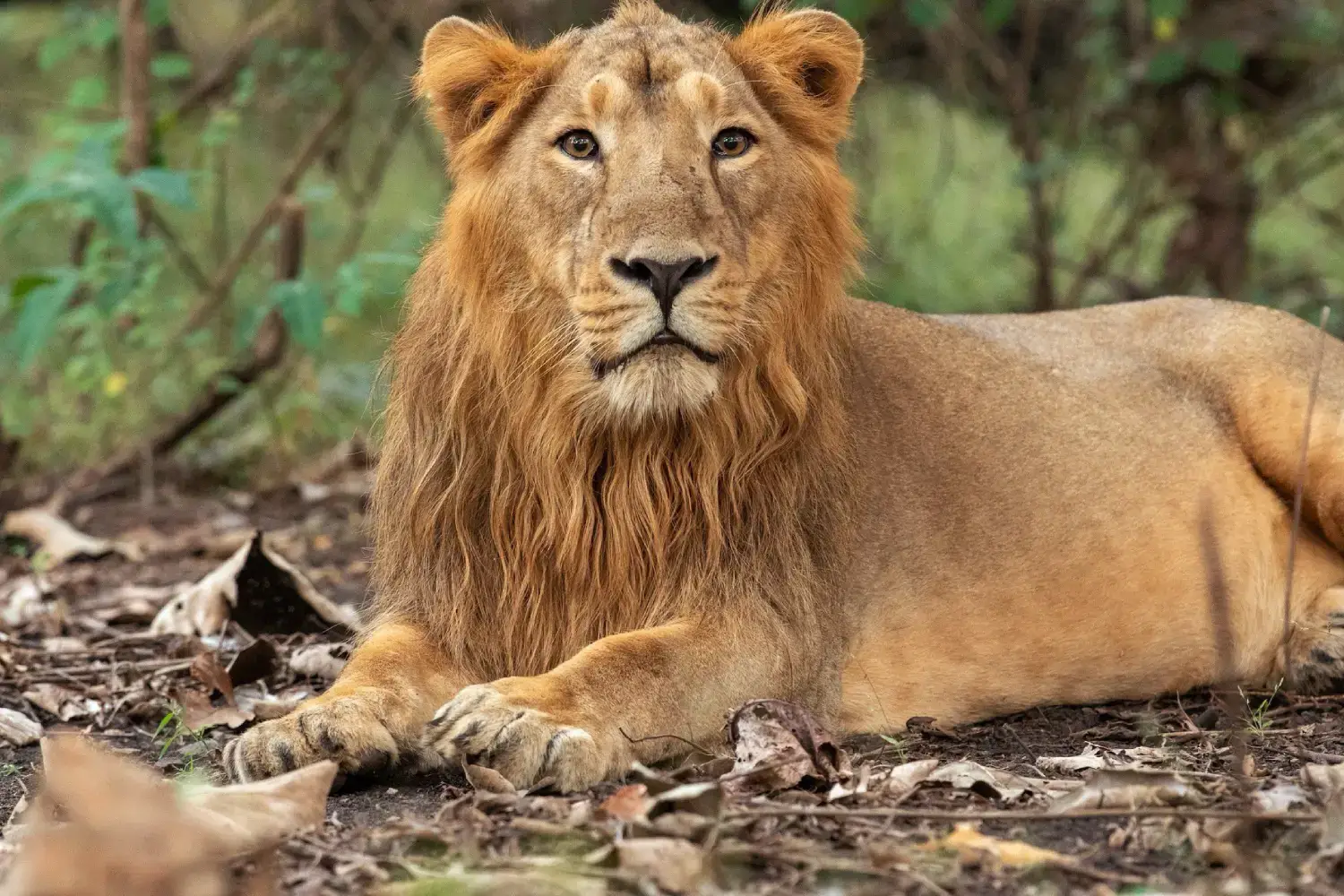
Gir National Park in Gujarat is home to the only wild Asiatic lions making it one of the most famous wildlife destinations in India. The park has a surface area of approximately 1,412 square kilometers exhibiting deciduous forests, grasslands, and water bodies, favorable for a diverse wildlife species. Gir claim to fame is its lion safaris through which guests can explore the animal kingdom and come across these great carnivore animals in the natural world, which again possesses a wonderful and exciting feel. Other animals found in the park include lions, 315 kinds of birds which include the crested hawk eagles, flamingo, leopards, striped hyenas and marsh crocodiles.
Because of its rich and unique wildlife, Gir National Park has become one of the most attractive attractions for tourists, wildlife photographers and enthusiasts as well as people who are in search of an adventurous trip in to the wild.
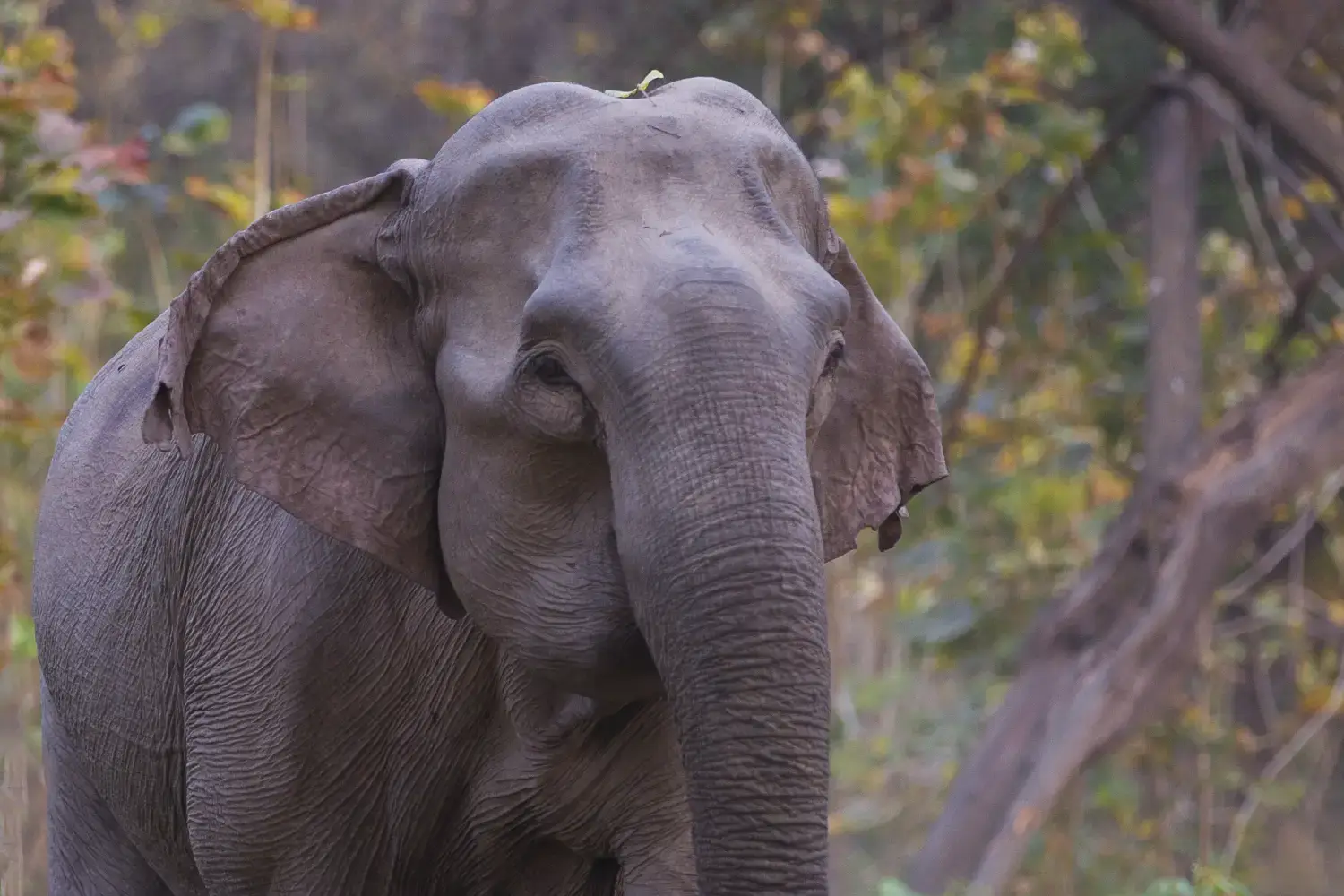
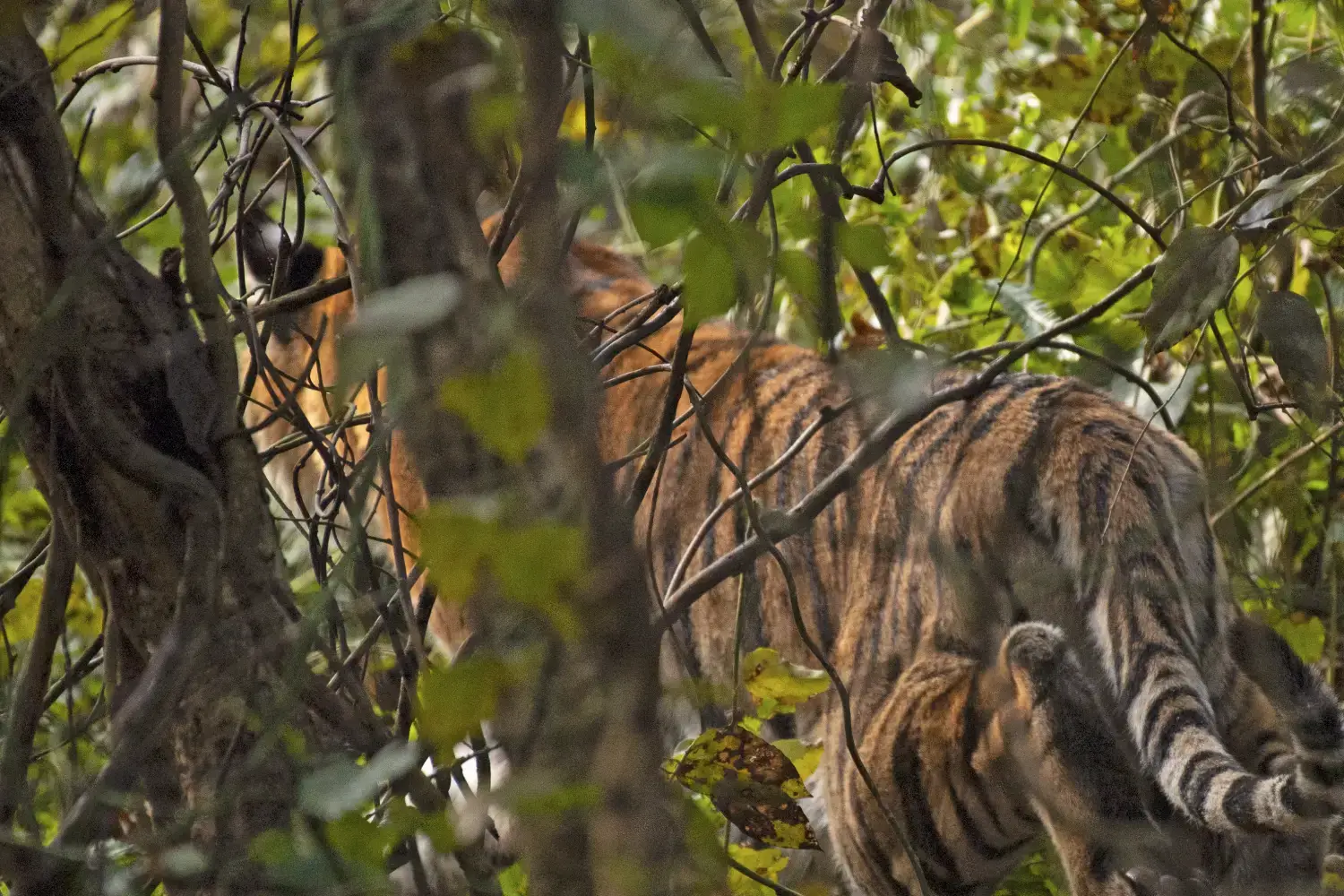
Terai region of Uttar Pradesh has a wildlife and nature reserve Dudhwa National Park. This park is a part of the bigger Dudhwa Tiger Reserve and occupies nearly 490 square kilometers of the area of Northern Indian plains and exhibits the great diversity of the region. Dudhwa, set up in 1977, has plenty of Sal trees, expansive cleared stretches of grassland, and hushed, aqua green water bodies to get a taste of primitive wildlife area.
The key selling proposition is based on conservation and the ability to give the tourism product authenticity that will take tourists deep into the wilderness.
Today, Dudhwa National Park brings a fresh concept of a National Park Tour with untouched natural splendour as well as an assurance of a peaceful, thrilling, and more meaningful experience.
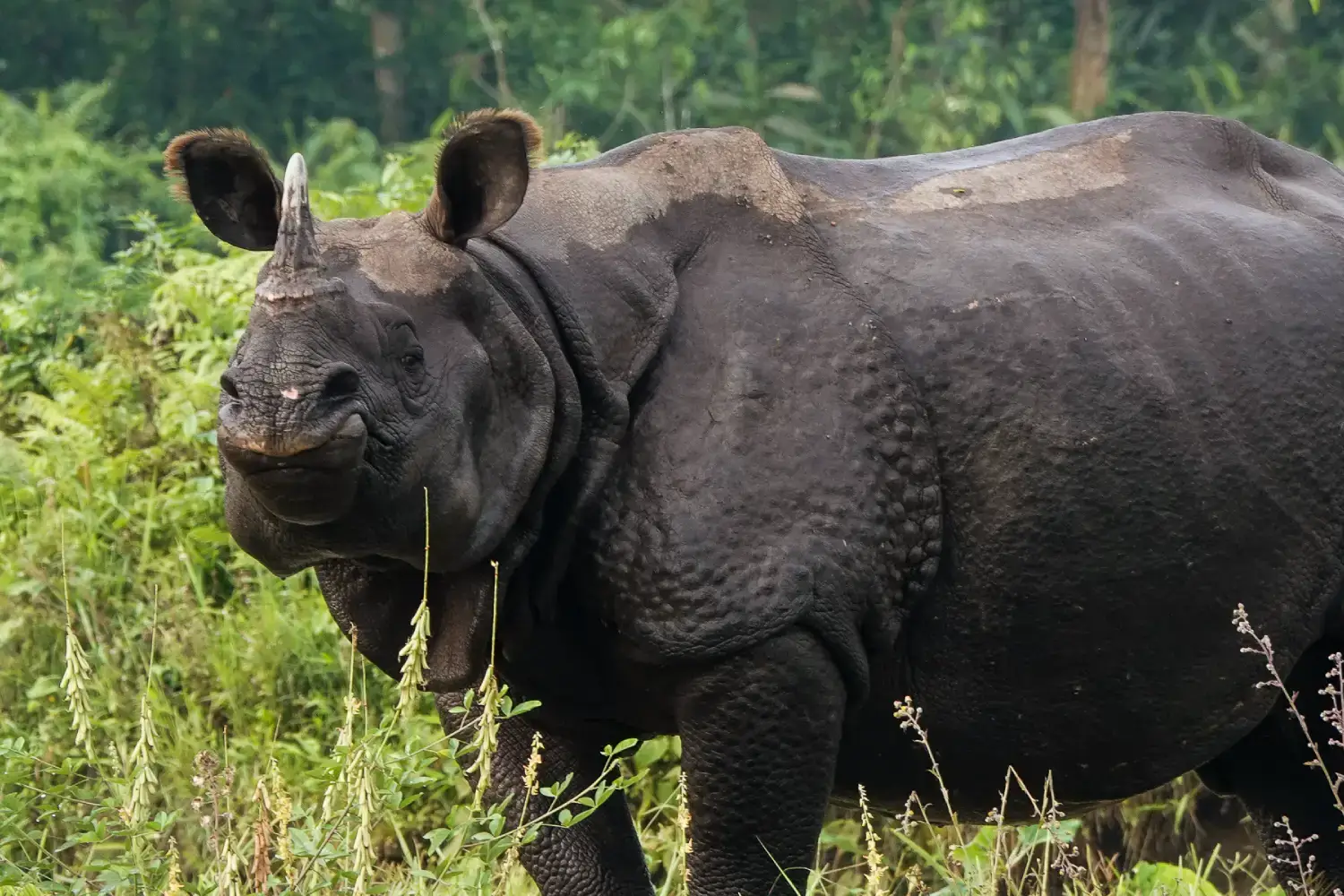
Manas National Park is a plateau region in the Assam, this park is also called the talk of the town with great scenic beauty and state of the art wildlife. The area of the park is over 950 given square kilometers, due to which it is not only a national park but also a tiger, elephants and biosphere reserve as well, that is why Achanakmar is one of the most valuable parks in India. Its selling point is its rich plant coverage and animal life density; especially the elusive Assam roofed turtle, the supremely beautiful golden langur, the almost endemic pygmy hog and the majestic Royal Bengal tiger. The park hosts the Manas River which serves to enhance its natural constructed beauty.
If you are a traveler who prefers a wild life experience or getting a glimpse of wildlife and the beauty of nature, Manas National Park would be a very ideal destination for tourists in India.
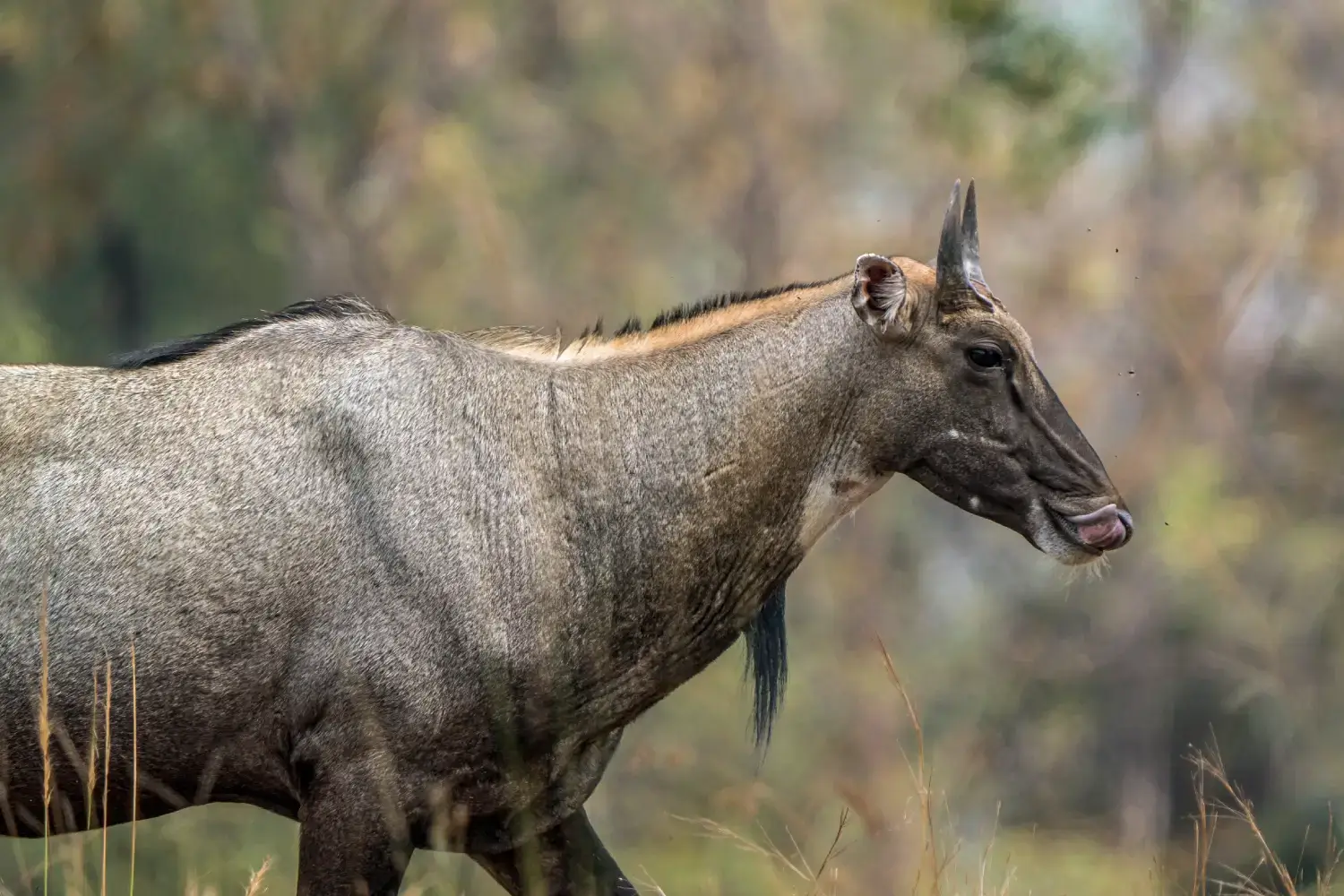
Satpura National Park is known to be in the heart of Madhya Pradesh and it symbolizes the testament of nature and biological difference of India. This lesser-known, 524 square kilometer National Park is different from the other parks because of the rocks, sandstone peaks, lavish woods and calm rivers. Satpura was founded in 1981 being a component of the Satpura Tiger Reserve and a Tentative site of UNESCO World Heritage List. The key marketing positioning for the park is in its raw, unspoilt natural environment and ecotourism products, which are less crowded and intense. It harbors a variety of fauna which consists of tigers, leopards, sloth bears, Indian giant squirrels, and more than 300 species of birds.
If you are a wildlife lover, an environmentalist or a person planning for a completely natural and exciting break then a visit to Satpura National Park is a deeply intense tour.
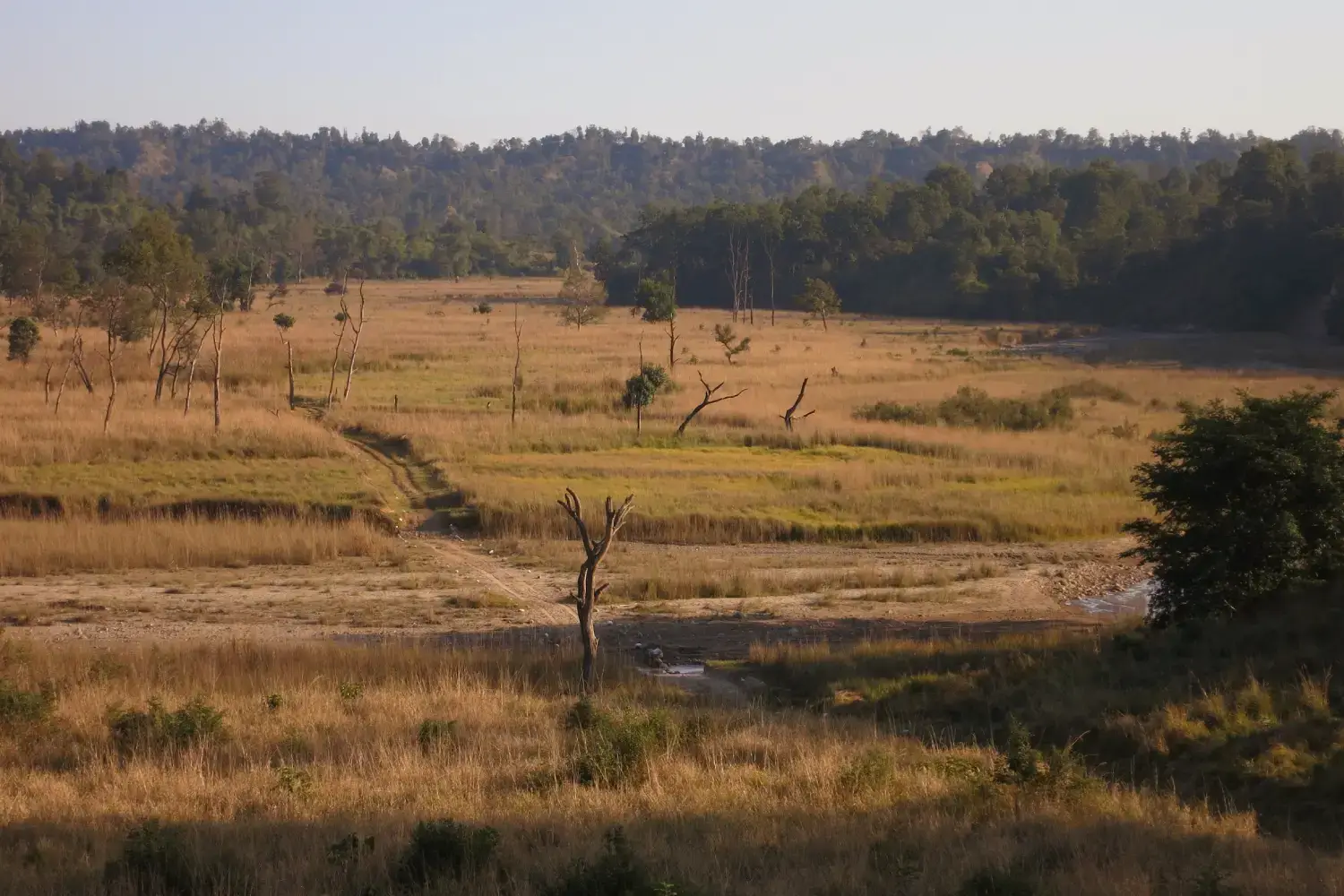
Uttarakhand’s Rajaji National park is a natural park in the foothills of the Shivalik range, which attracts every wildlife and nature enthusiast. This park occupies the territory of 820 square kilometers and famous for great number of species of fauna and flora, wooded, grassy and riverine land and scenic dependable on the season. It was created in 1983, as a part of the Shivalik Elephant Reserve and now supports a healthy population of Asian elephants, leopards and various kinds of deer. There are also more than 300 bird species in the park, giving bird watching enthusiasts and ornithologists firm reasons to visit the park.
Rajaji National Park’s key selling proposition is that the park is easily reachable, it has a rich and diverse wildlife, and it is surrounded by spiritual attractions which allow thrill seeking and spiritual travelers to have an experience of a lifetime.

Nagarhole National Park, also called Rajiv Gandhi National Park is one of the treasures and most popular attractions in Karnataka. This UNESCO incorporated portion of the Nilgiri Biosphere Reserve is in the Western Ghats and occupies an area of 1157.59 square kilometers. The park, with moraines, deep woods, natural flowing streams, and broad and assorted wildlife, offers an ideal natural world feel. Its main selling point is it has the second largest tiger population besides India and also Asiatic elephants, leopards, wild dogs, Himalayan black bears and over 250 bird species.
Nagarhole National Park is also a grand combination of beautiful landscaped area, wild animals, and rich cultural heritage where every eco-tourist and those lovers of peace in the abode of nature will definitely get rich exposures to explore.

The optimum time to visit India's national parks is largely determined by geography, climate, and desired experience. Generally, the best months are October through March, when the weather is more suitable for animal viewing and outdoor activities. It is the end of the monsoon season, and the cooler and drier weather makes safari outings more enjoyable. Winter months (November to February) are ideal for northern and central parks like Jim Corbett, Ranthambhore, and Bandhavgarh because milder temperatures attract animals to water holes, enhancing sightings.
Southern parks, like as Periyar and Nagarhole, are best visited between December and April, when temperatures are milder and wildlife is more active in the mornings and evenings. It is also important to note that the peak tourist season takes place during these months, so if you like less crowded visits, planning for the shoulder months of October or March can help you avoid large groups. Each national park in India offers a different experience, whether it's viewing a wild Bengal tiger or enjoying tranquil scenery, and visiting at the right time increases these interactions, ensuring some of the best wildlife experiences.




